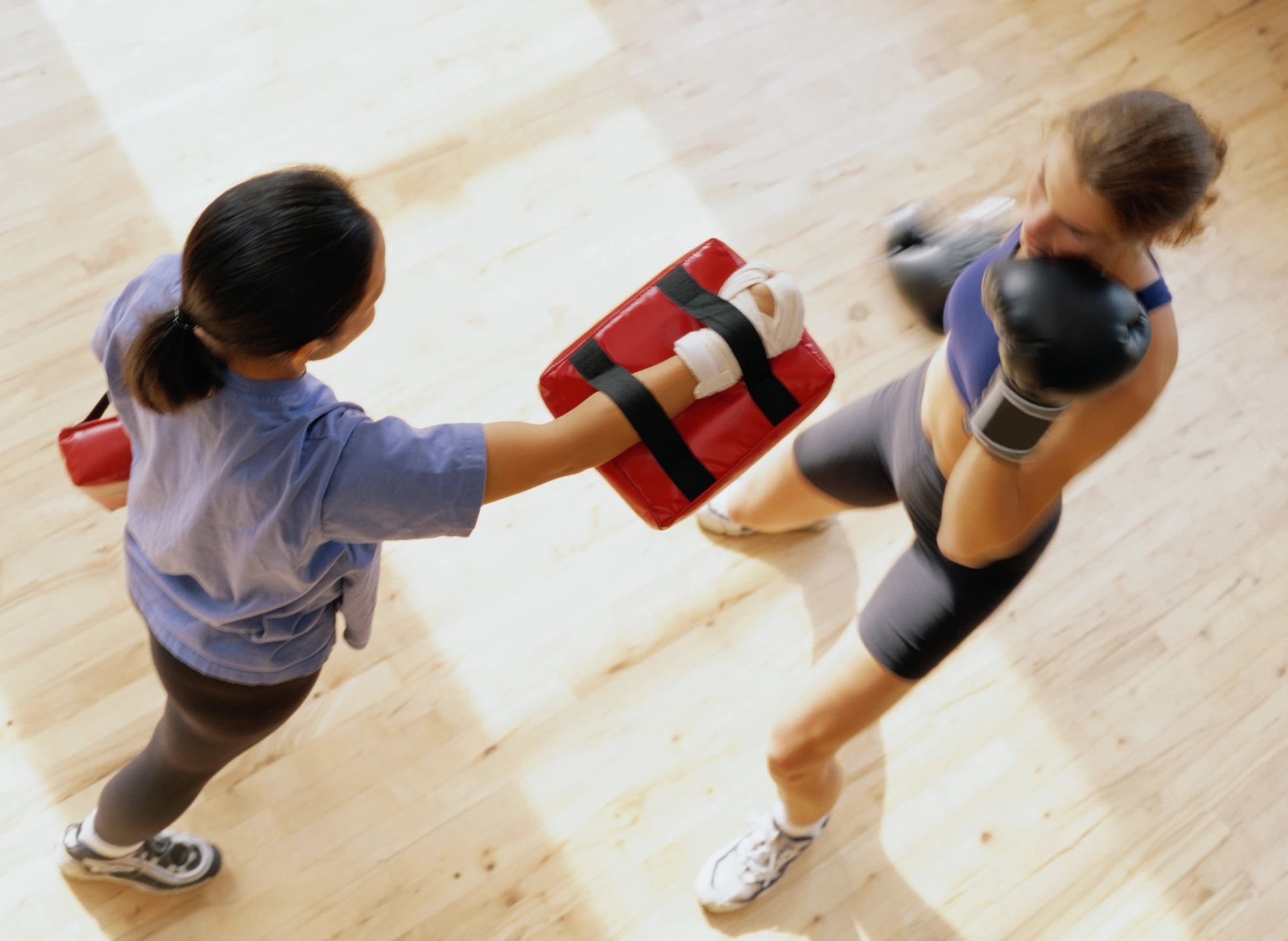One of my workout partners and I were sparring and he complained afterwards of mild elbow pain after he tried to repeatedly uppercut me. He asked me what the cause of this was and how to fix it… A part of me considered explaining that proper uppercut form was to wrench your back while simultaneously hyperextending your knees and jutting your chin forward, but the physical therapist in me prevailed.
Most sports-related elbow pain comes from 2 things.
- Amount of rotation at the elbow: the elbow is caught between the hand and the very mobile shoulder. Most people put their hand in a certain position (palm down, racket facing this way, fist facing upward, etc.) and just let the rest of their arm figure it out. Try this right now. Hug your arm close to your side with your elbow bent and face your palm as far down as you can, like you’ll be typing on a computer. Now lift your arm off your body and see how much further you can rotate your hand. You can also do the opposite: how your arm at to the side and turn your hand palm up as far as you can. Then lower your arm to your side and see how much further you can rotate. This was my “friend’s” problem – he was kindly trying to uppercut me by trying to rotate his fist so that his palm faced towards his body, but when his arm was out to his side, he didn’t have the range of motion. This led to a high amount of torque that the elbow was forced to endure. This problem is also common in any sport where the hands are put in a specific position: golfing, racket sports, rock climbing, and more. The solution then is to avoid maximum rotation at the elbow. This can be accomplished by moving the upper arm closer or away from the body. Yes, this will almost always change the mechanics of your sport’s movement in other ways, but pretty much everyone I’ve worked with on this is able to accommodate the position without much trouble. They also almost always find they perform better because their body is in a more natural position for them and they don’t have pain. So I grudgingly told my friend he could either bring his arm in closer or just punch with his hand in a natural orientation (instead of trying to control what way his palm was directed).
- Overload due to muscular tension: the other main contributor to elbow pain from repetitive strain is overload. In some cases, this can be very obvious. You go from playing tennis or golf 2x/week to playing 5x/week. But often many people find that after reducing their volume, and sometimes even after medical treatment like steroids or physical therapy, their elbow starts hurting again as soon as they ramp their volume back up to a normal playing level. Try this. Pick up a pen as you normally would. Now pick it up again but with as little effort as possible while still securely holding it. Finally, pick it up one last time but use a death grip. Each one of these trials you accomplished the exact same thing, but they each had a different amount of load on the grip muscles (which insert into the elbow). The death grip is what most people use, not only at the point of contact, but often in between hits. All of this adds a tremendous load to the elbow. The solution here is two-fold. First, practice gripping only as hard as necessary (not too hard, not too loose). Second, learn to squeeze only when needed and relax the rest of the time. In tennis, for example, this would mean squeeze the racket as firmly as necessary during your swing but relax your grip before and after shots. It’s often helpful to think about pulsing. Pulsing is when your muscles contract just before and through contact to add that extra whip to your hit. This allows the body to be fluid and relaxed with the windup, then generate a tremendous force on contact, and relaxed again on follow-through.
So there you have it. If you have sports-related elbow pain, try experimenting with arm position to avoid maximum rotation at the elbow/forearm, and practice pulsing on contact and relaxing in between hits to reduce load. There are, of course, things other than repetitive strain injuries that could be causing your elbow pain. Irritation of the ulnar nerve is not uncommon, but you’ll need to see a physical therapist or orthopedic physician for a specific diagnosis based on your presentation.

